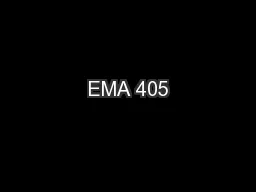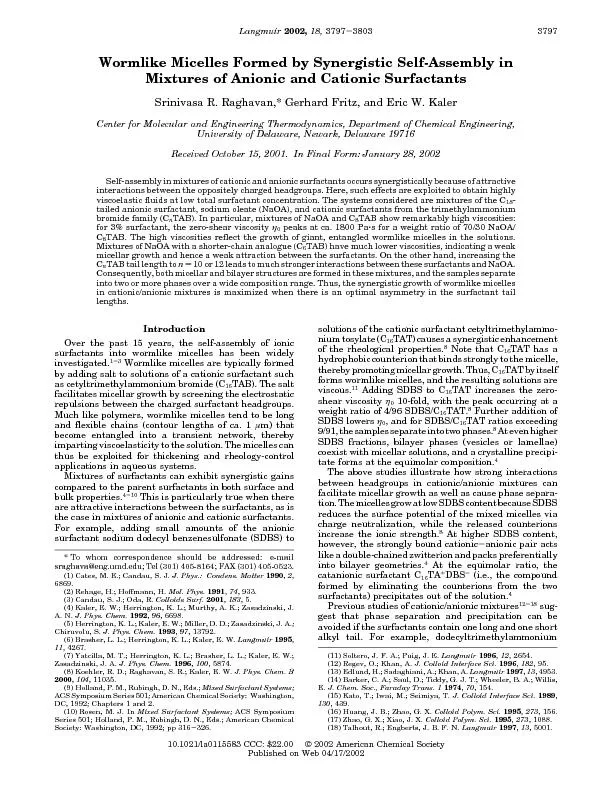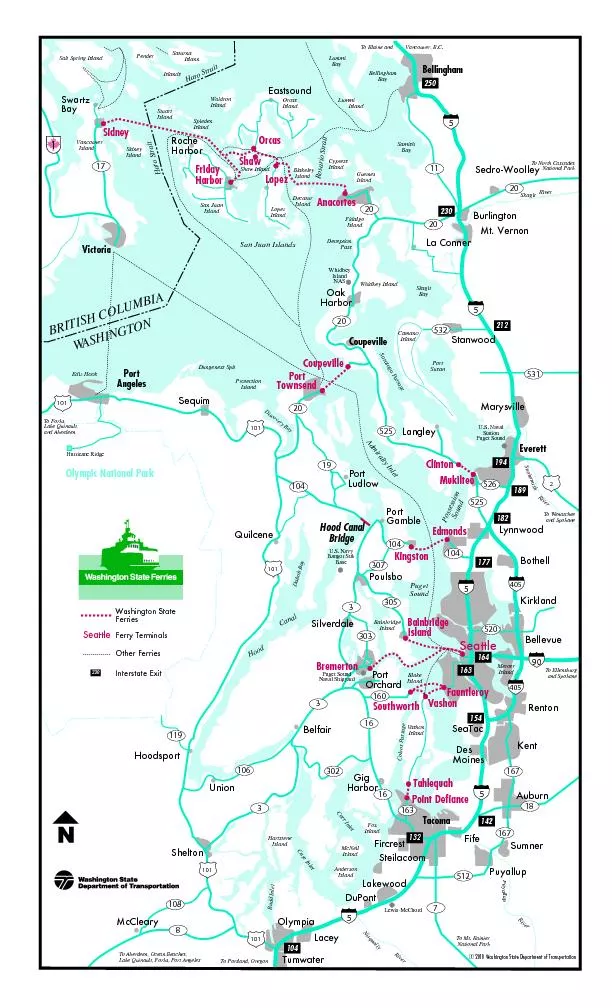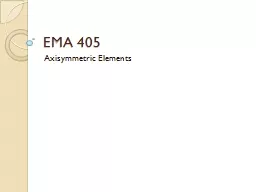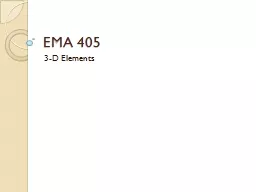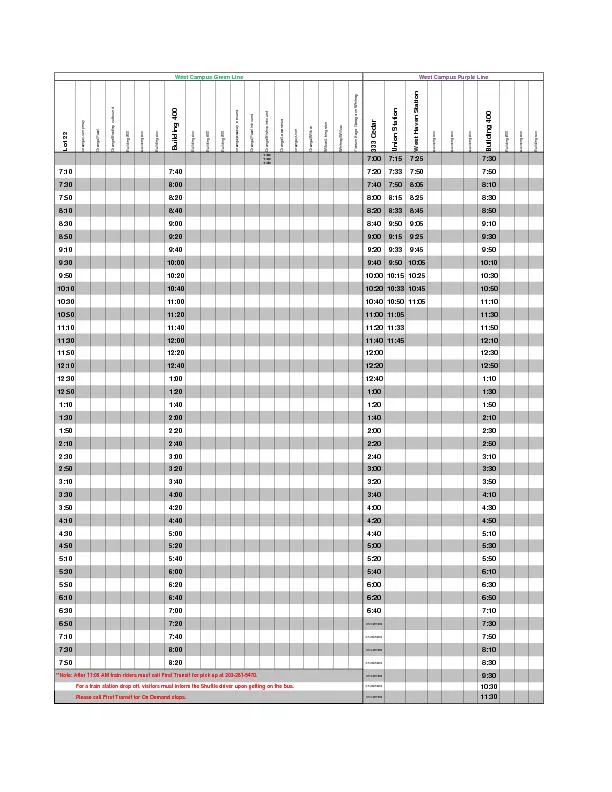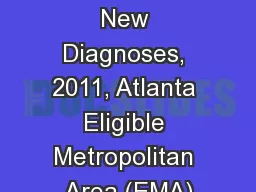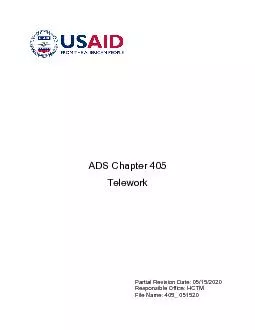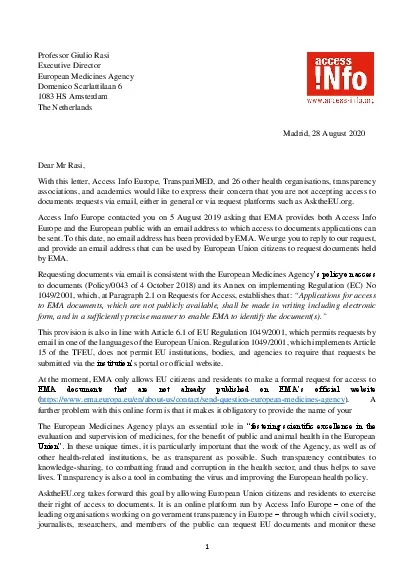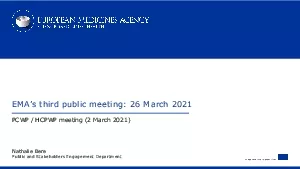PPT-EMA 405
Author : tatyana-admore | Published Date : 2016-07-20
Introduction Syllabus Textbook none Prerequisites EMA 214 303 304 or 306 EMA 202 or 221 Room 2261 Engineering Hall Time TR 111215 Course Materials ecow2engrwiscedu
Presentation Embed Code
Download Presentation
Download Presentation The PPT/PDF document "EMA 405" is the property of its rightful owner. Permission is granted to download and print the materials on this website for personal, non-commercial use only, and to display it on your personal computer provided you do not modify the materials and that you retain all copyright notices contained in the materials. By downloading content from our website, you accept the terms of this agreement.
EMA 405: Transcript
Download Rules Of Document
"EMA 405"The content belongs to its owner. You may download and print it for personal use, without modification, and keep all copyright notices. By downloading, you agree to these terms.
Related Documents

